























"I'm Gayle... I'm a certified health and fitness coach.... In August, I registered to participate in the 21 Day Journey to calm aliveness. Getting to know my body was really an eye-opening, body experience for me. I have a Master's in Exercise Physiology, so I studied science, I studied biology, I studied kinesiology I thought I knew my body. I didn't know much about my body until I went through the 21 Day Journey. This to me was something I've been looking for, for a long time.
I felt extremely safe. That led me to do some research, because I knew there was a piece missing for me. I wanted to understand what was going on inside my body. Now that I felt safe and secure, and I had some somatic experience work to do, there was something inside me that said, this is not complete. I listened to a Summit of Dr. Aimie's, where she was talking about the Biology of Trauma™. Did I know what trauma means? No, I had no idea. I thought trauma was a big car accident or a life-threatening illness or surgery or something like that, not understanding what trauma really is.
So going into the Biology of Trauma, I was at a point where All Parts Of Me came a week later... I realized the Biology of Trauma and All Parts Of Me fit together like a glove, hand in hand.
"I thought I knew my body. I didn't know much about my body until I went through the 21 Day Journey."
When I started learning All Parts Of Me, at first, I was puzzled at having to draw and have a dialogue with my body parts. I didn't even know how to recognize what my body parts were We first went into anger, sadness, happiness I was perplexed and said, I've never really gone into this, I haven't experienced this.

When I started learning All Parts Of Me, at first, I was puzzled at having to draw and have a dialogue with my body parts. I didn't even know how to recognize what my body parts were. We first went into anger, sadness, happiness. I was perplexed and said, I've never really gone into this, I haven't experienced this.
"This has just opened up a whole world of excitement, joy, happiness that I've never had in my life."
t's changed my life. I've become more self-confident, because the pitch of my voice has lowered down. My body language is more open and accepting. I am not judgmental anymore because I understand what is going on inside my body... the Biology of Trauma™ was the missing piece...
I want to tell anybody, do this course because it's going to make you so happy. It's going to bring you alive, it's going to calm you down. It's improved my relationships with my husband, with my friends People have said to me, you are so calm Your humor has come out. Where does that come from? I didn't know I had a sense of humor. I was too shy to let that real authentic me show. Now, I let it show. I'm not worried if somebody is judging me. It doesn't bother me like it used to before. I encourage everybody to take Dr. Aimie's work the way she teaches it. She puts it in a way that relates to you personally.
...I can tell you the energy has increased tremendously. I smile more, I laugh more. I get into people's situations where I understand where they're coming from. I don't advise them. I give them a little bit of knowledge. I feed them a little bit of knowledge and then they come back to me and say, "You know you said this to me... can you give me more information?"
Enjoy your favourite food without going anywhere. Grilled chicken combined with house special spicy. Scrumptious grilled sausage chunks topped with our Fries
This has just opened up a whole world of excitement, joy, happiness that I've never had in my life."




I never thought I had trauma. Until my health crashed, leaving my world spinning and searching for answers.
You might instantly identify with the word trauma. Or, like me many years ago, you might not. It's a common word thrown around today, but I'm not sure we're all on the same page.
What is trauma? How do you know if you have it? If you do have trauma, what can you do about it?
Believe it or not, I love talking about trauma. I love talking about trauma because there is so much we can do about it. If there weren't anything that we could do about it, I wouldn't have any interest in talking about it.
My medical career actually started in general surgery. I did three and a half years of general surgery residency at OHSU in Portland, Oregon. I say that, because I am a fixer. Give me a problem, and I want to fix it. I don't want to talk about it, I just want to come in and fix the problem. That is my natural inclination.
Enjoy your favourite food without going anywhere. Grilled chicken combined with house special spicy. Scrumptious grilled sausage chunks topped with our Fries
So that's how I approach trauma That is my mindset What is trauma, do we have it, and what can we do about it?



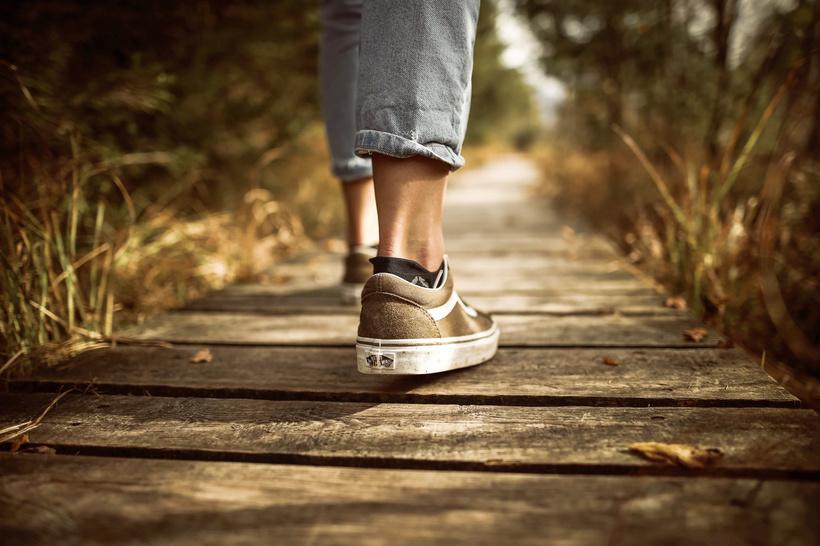
Trauma is not an event. I have to make something clear, and it might surprise you.
Trauma is actually not an event. Although it might occur around an event, it is not about the event.
Trauma is the experience your body had going through the event, or through a period of time. For one person, it could be a miscarriage, for another it could be loss of a marriage, or loss of their health. For another person, it could be an earthquake, a car accident, something else. For some people, it might be their whole childhood, or even accumulated life experiences and they can't identify anything specific. But at the end of the day, no matter what happened, the effect on the nervous system and our bodies' experience through all this is the same.
When I say that, it shocks some people. But this is how the body experiences life and how trauma happens. It really is not about the event. People can go through the same event, and one person walks away traumatized and one person walks away totally fine, saying, "Wow, that was a lot, but I'm okay " One person comes back from the military having severe PTSD or even just mild PTSD, and other people do not. So it is not the event. It is about the state of their nervous system going into that event. People coming out with PTSD already had trauma patterns in their nervous system and body going into that experience.
Enjoy your favourite food without going anywhere. Grilled chicken combined with house special spicy. Scrumptious grilled sausage chunks topped with our Fries




There is a difference between a stress and a trauma. We tend to lump it all together, right? Most people assume stress and trauma are similar. We say, "Oh, that was super stressful," and, "Oh, my goodness, that was so traumatizing," as a joke. We laugh because, well, was it really that traumatizing? Or was that just a stress, right? It really was just a stress that we can laugh about now.
If it's okay with you, I'm going to go into some of the biochemistry. The reason I am going to go into the biochemistry is so you can understand the difference between a stress and a trauma in your body because they are actually completely different experiences! Also, I know that truly deep in your heart, you also love biochemistry. I can feel it. I can feel that mutual love! I don't want to rob you of that experience.
When we talk about stress, we will need to use a word called homeostasis. Homeostasis refers to your physiology between all of your different systems. It's not just one thing in your body, but it's how the systems work together. Are they in balance? Are the kidneys, liver, digestive system, thyroid, all in balance? If it is, we call that homeostasis. There is a window, a range, your body operates in Usually, it's getting by okay Maybe it's not optimized, but it's functioning well enough.
The job of the nervous system is to maintain homeostasis. We don't talk about this a lot, but the whole entire purpose of our nervous system is to keep us alive. To maintain homeostasis. It knows if we don't maintain that balance, then we're going to progress into disease and dying. So the nervous system, in that way, is entirely designed only to keep us alive to help us survive.
Enjoy your favourite food without going anywhere. Grilled chicken combined with house special spicy. Scrumptious grilled sausage chunks topped with our Fries
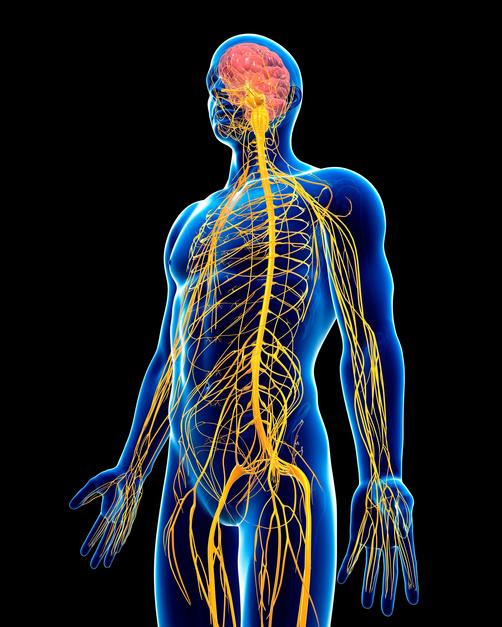



The nervous system is designed to keep us alive and help us survive. That is its whole purpose It has certain mechanisms built in to do that We don't need to think about the functioning of the nervous system; it's all just automatically built in.
The first response is the sympathetic response. People will identify this by their heart rate going fast, their breathing becoming faster. They feel anxious. They may even feel their blood starting to rush to different parts of their body. That sympathetic state is one of movement and action. For example, when you're running after the school bus because you're going to miss it. It's a very active, high-metabolic state. There is a lot of different physiology that happens with that, but at the end of the day, it's a high metabolic state, meaning you're using up a lot of energy. A LOT of energy. You're hyper-vigilant. This is where insomnia happens as well. You can't sleep because your system is saying, "There's danger There's danger " That's what we call the fight or flight response, because we are actively fighting for our survival. There's movement; there's action being taken.
Now, what many people have been taught — to no fault of their own — is to lump the freeze in with fight or flight. But they didn't teach us right. They lumped the freeze response with fight and flight, which are both the sympathetic response Fight and flight are the stress response (like we were talking about before, the difference between a stress and a trauma.) We've often heard, "Oh, it's fight, flight or freeze," as if they're all the same thing. They're not the same thing. They are completely different. And the freeze response is the trauma response.
Enjoy your favourite food without going anywhere. Grilled chicken combined with house special spicy. Scrumptious grilled sausage chunks topped with our Fries




The freeze response is the trauma response. The body does not experience trauma without going into the freeze response.
When people have not understood this freeze response, and have lumped it all into stress ("fight, flight, and freeze"), we've really done ourselves a disservice Because all of these conditions and symptoms that are part of the freeze response need different steps of action. We have been using the wrong tools because we're trying to use the tools for stress on the freeze response. They're not going to work, because this is the freeze response. It's completely different physiologically than the stress response.
What happens for many people is they are never really able to fully come out of the freeze response. They are chronically living their life feeling disconnected. They're in a daze. They're just going through the motions of life. That's what the chronic freeze state looks like. That's what trauma being stored in the body looks like. People who go into this freeze response and never fully come out.
It's something we all experience, yet we have not understood it. If we can come to understand it, we would know what tools to use to help ourselves.
Each stage needs different things. We can talk about the spectrum of trauma and how it may look very different, because one person may be in the sympathetic and anxiety state while others are in the collapse, exhausted, and crushed state. Others go back and forth between stressed and overwhelmed until eventually their system can't even keep up with the stress and they're just in the overwhelm.




Trauma is anything that, for any reason, at that time overwhelmed you.
This is where we get to start to talk about the biology of trauma, because it really does come down to your biology. It's the biology of your nervous system. It's the physiology of your nervous system on a cellular level. That is what determines whether today, whether this event, whether your next big thing in life will just be a stress for you that your body can go into sympathetic and come back down into homeostasis, or if it goes into sympathetic, and it becomes too much, and you go into the freeze response, because the freeze response is overwhelmed.
The freeze response is shutdown. Trauma is our nervous system saying... "We aren't going to make it." Just shutting down.
This is what the body does to help us survive. It wasn't a choice you made. It wasn't that you were weak. It wasn't about any of that. This was your body, doing its best in the moment, to make sure you survived. At that time, it felt the best thing it could do was to shut down and collapse.
"Trauma is anything that for any reason, at that time overwhelmed you." Dr. Aimie




Years ago, when I was going through my health crash, there was no way you could have convinced me I had life trauma. There was no way. Now, I know I did. I had a LOT of stored, unaddressed trauma that was causing and contributing to my health conditions. I didn't understand what trauma was, which is why I didn't think I had any of it. Trauma isn't what we thought it was It becomes wired into our nervous system There are certain ways it shows up after being stored in the body or wired into the nervous system.
The way we can identify trauma is through patterns of our life. Patterns for numbing. Patterns for managing emotions. Patterns for being able to handle difficult conversations. Do we emotionally check out? Mentally check out? What are our patterns around food and eating? Is there emotional eating going on? That is a part of the freeze response. Numbing different emotions is part of the freeze response.
There are all these different ways in which we can see trauma, even though we might not have recognized it as trauma. We recognize it as, "Oh, this is this is my personality," or, "This is my attachment style " Always pushing people away to protect our heart, or doing the opposite and latching on to people and never letting them go, for example.
Enjoy your favourite food without going anywhere. Grilled chicken combined with house special spicy. Scrumptious grilled sausage chunks topped with our Fries
Trauma can look like feeling burned out. Feeling stressed. Feeling anxious. Not being able to move through grief.
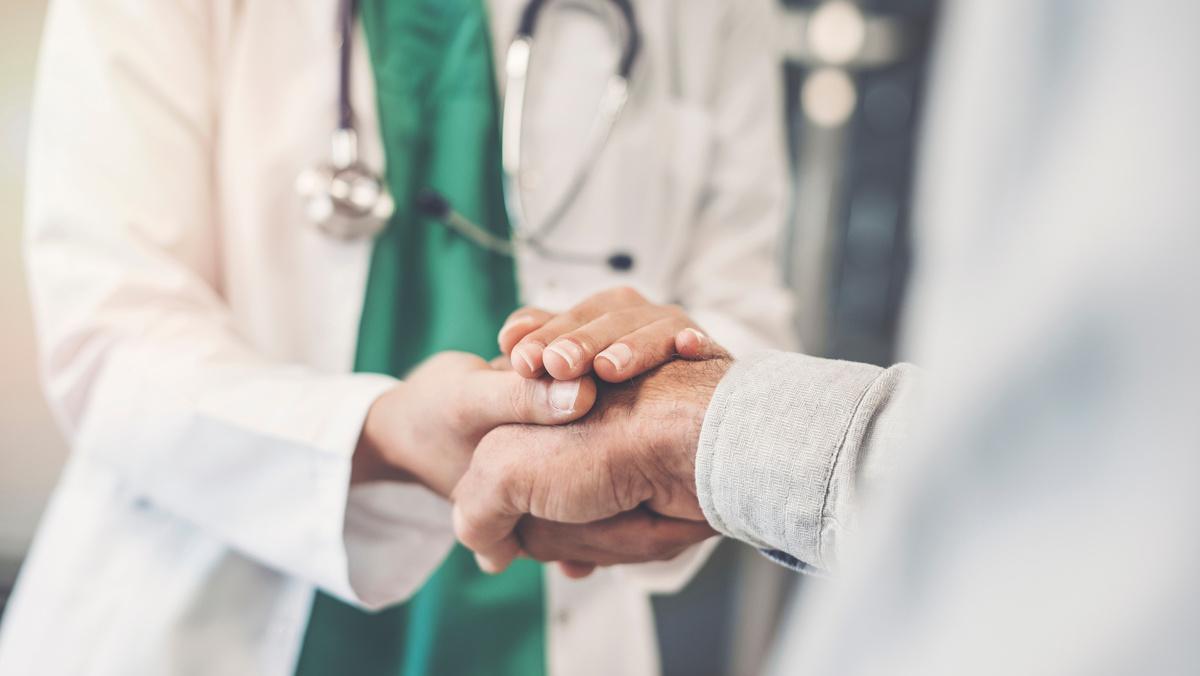



Trauma contributes to many health conditions, both in the short-term, and long-term. Not only this, but once one's biology has been affected by stored and unresolved trauma, it also predisposes a person to continue experiencing more of life as a trauma
Not a good cycle, right?
One example of chronic health conditions with a clear link to trauma is autoimmunity. Autoimmunity is a chronic freeze response. Chronic pain is a freeze response. Chronic fatigue, fibromyalgia. All of these are diseases, conditions, and symptoms that are classified as a freeze and trauma response. The nervous system is in the freeze response more than it is actually even in the stress response.
It is a spectrum. You can be stressed for a long time, right? Say you're a castle guard and you're out there on guard How long can you stay on guard if they don't feed you? If you're not allowed to sleep? If you don't get any rest? If no one changes you out for duty? You can only stay in chronic stress for so long. And then you just crumble. You collapse. It reaches the point where you literally can't stand up anymore. That collapse is the freeze response. And that is where autoimmunity, chronic pain, chronic fatigue, fibromyalgia, and all of those conditions lie under that category.
Enjoy your favourite food without going anywhere. Grilled chicken combined with house special spicy. Scrumptious grilled sausage chunks topped with our Fries
Here is a quiz on the next page to help you identify trauma patterns in your own life. Place a check next to each one you identify with.










If any of these signs describe you, don't worry... you're not alone. Frankly, we all have unresolved trauma that affects us at some point or another
We get to lean in and say, "What now?" if you recognize some of those patterns that we're talking about. If you recognize that you tend to disconnect. We have this amazing thing called social media. That is a perfect way to disconnect. You can see it in others, too, and it's become so predictable. Any time there is any discomfort, whether in a conversation or a meeting, people will always either reach for their phone or they will reach for a drink of water, whatever they have nearby. That stimulates the vagus nerve, which helps soothe their dysregulation of the nervous system. It's so predictable. You can easily know their internal state and realize where they're at even though it isn't showing on their face. You know whatever happened right then got to them.
There's so much that we can do about all this. But the first thing is just having the eyes to see it.
This is the good part. This is where we can start taking steps to heal.
Enjoy your favourite food without going anywhere. Grilled chicken combined with house special spicy. Scrumptious grilled sausage chunks topped with our Fries




There are three main areas we have to address. Each of these pieces affects the others, so if we miss any one of these pieces it's not going to work. We must address all of them together. Here you can see the trauma cycle. The body, biology, thoughts and beliefs are all affecting each other and keeping us stuck. These are the three areas we have to address, only addressing one component won't be enough.





Similar to the last image, here is the cycle of capacity, health, and wholeness. We have the same three areas to address together, so that they are contributing to more health and wholeness where each one is operating in sync and at their best.




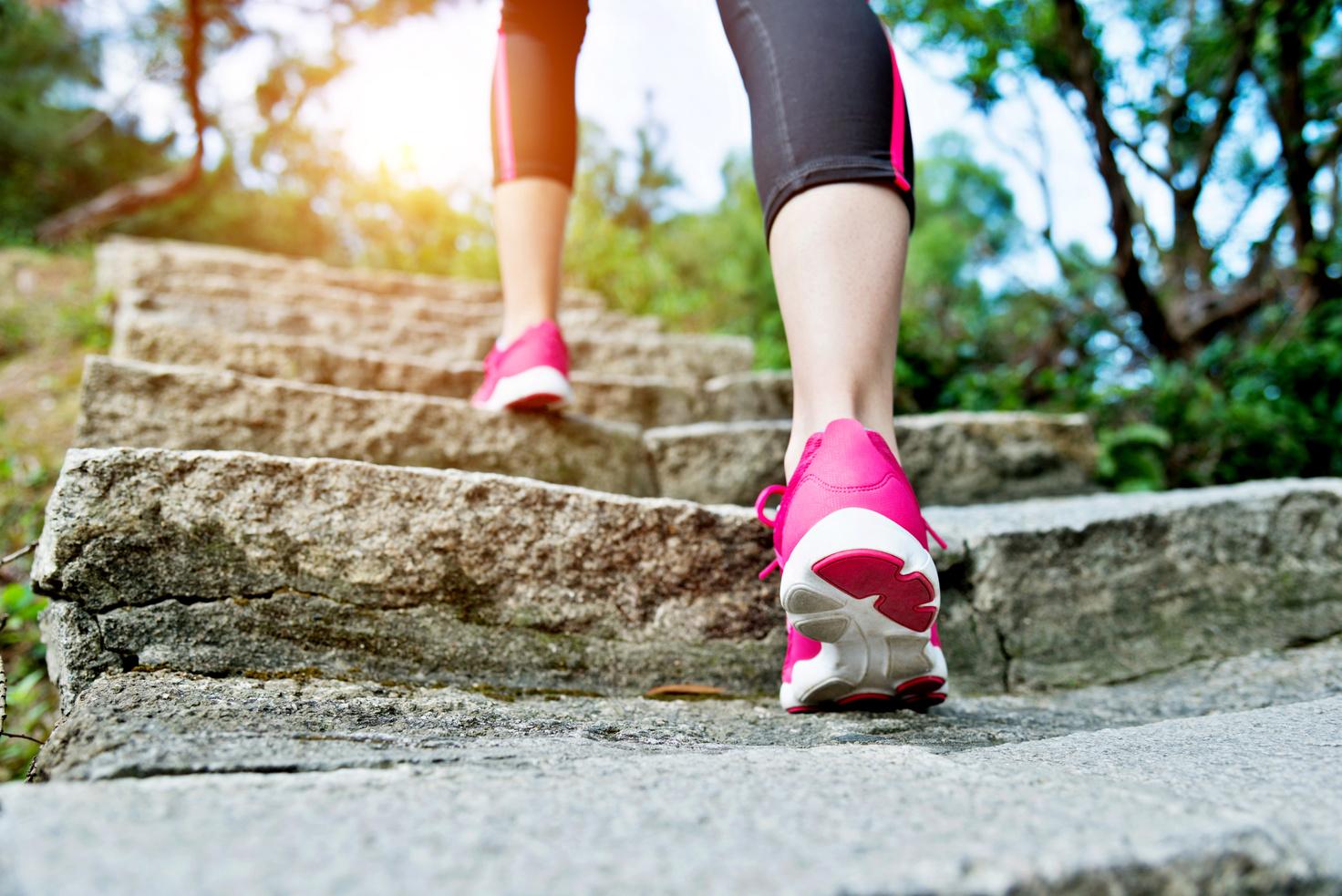
What I have found is there is so much that we can do to help our healing journey. This is where I get super excited. There are so many tools we can bring in to help either get a person unstuck in their therapy process or their healing journey, or even be able to accelerate the healing journey.
I'm going to make it simple. There are 4 steps to the healing journey, and I'll explain each one in more detail too You'll see the first three address those three areas we just discussed Body, Biology, and Beliefs and the last step strengthens all others.




First, we have to develop the ability to connect with our body. We do this through bodybased somatic work. Essential to this process is safety. There is a certain order, and a certain pace to work on this piece safely. This is the first big step, and the others build off it.
All therapy, all healing, is based on a felt sense of safety. No exceptions. ALL. All healing is based on a felt sense of safety. This is where the biology of trauma shows how we can facilitate that. Most, of the time, we try to tell ourselves that we are safe, but it is not a FELT sense in our body We probably don't even know what that would feel like in our body.
We can only connect with others when we feel safe and secure in our own body. We are designed to be on guard and be in survival mode if we don't feel that safety and security. There's no way we can change that. We can try to out-think that, but at the end of the day the nervous system wins. Being able to shift into that place of security and safety is essential for us to also be able to notice other people and what state they are in.




When it comes to the healing journey, we have to go at the pace that the body is ready for. Our body absolutely won't go any faster than it can. No matter how much you push and pull and poke, we have to go at the pace that the body is ready for.
However, what if we could come in and through the biology provide the support needed to be able to safely go faster?
How do you find stored trauma in the body? We look for patterns, right? There are specific patterns that show up in one's physical health that tell me what their biology is underlying it all. I'm always looking for what's the next best step for us. I'm not necessarily looking for the whole path and the whole journey. I'm looking for what are those big boulders, right now, that are blocking us from being able to move faster or even move at all. If we can find those big boulders and move them out of the way, so many other things fall into place. This is why I actually do not start with lab testing. Because if I were to test somebody, I would find almost everything wrong, right? Then where would we start? So we identify the big biological boulders that will be key turning points in helping accelerate the healing journey Often people reach their capacity with the body-based work and being able to shift their patterns of stress and overwhelm, so we can bring in the biology piece to help. We do a piece of connect with their body enough to bring down the intensity, and then we bring in the biology as well to help.
Enjoy your favourite food without going anywhere. Grilled chicken combined with house special spicy. Scrumptious grilled sausage chunks topped with our Fries




The third main area we have to address are our thinking patterns, thoughts, beliefs, and habits. What we have always thought and done is what our bodies default to, because that's who we've always been and that's what we've always done. After starting the bodybased work, and also bringing in the biology piece, we can also address the thoughts and beliefs
We want to look at adaptive styles while staying in the body. In my courses, this is where we bring in All Parts Of Me. We focus on the mind and cognitive aspect while still staying in the body.
It's important to look at the NeuroAffective Relational Model (NARM) styles as well. The adaptive styles we work with are correlated with stages of development of the nervous system and how we would have adapted. That’s why we call them adaptive styles. We can look at these adaptive styles in terms of our belief systems about ourselves, whether shame-based or pride-based adaptations to survival, for example.
Enjoy your favourite food without going anywhere. Grilled chicken combined with house special spicy. Scrumptious grilled sausage chunks topped with our Fries
There are also core needs of childhood that, when missed, always lead to disconnection. We also want to explore the specific sequences in attachment and neurodevelopment and how we adapted to what we was missed.




The first step is the fundamental one in breaking the trauma cycle. From there, we add on. In step four, we go deeper with each of them.
Step four is strengthen the cycle by going deeper What is amazing is we can begin growing our capacity.
I've heard people say they began experiencing more joy than they have in a long time. I've heard people say they felt the desire to dance stirring up for the first time. To wear perfume again, that happiness and joy have come back. I've heard people say they smile more; their sense of humor has returned. Friends have noticed a difference, and asked where that came from. Life and brightness in the eyes. Feeling authentic, whole. Understanding what you are feeling. So many exciting things await when we begin actually addressing the root of the problem.



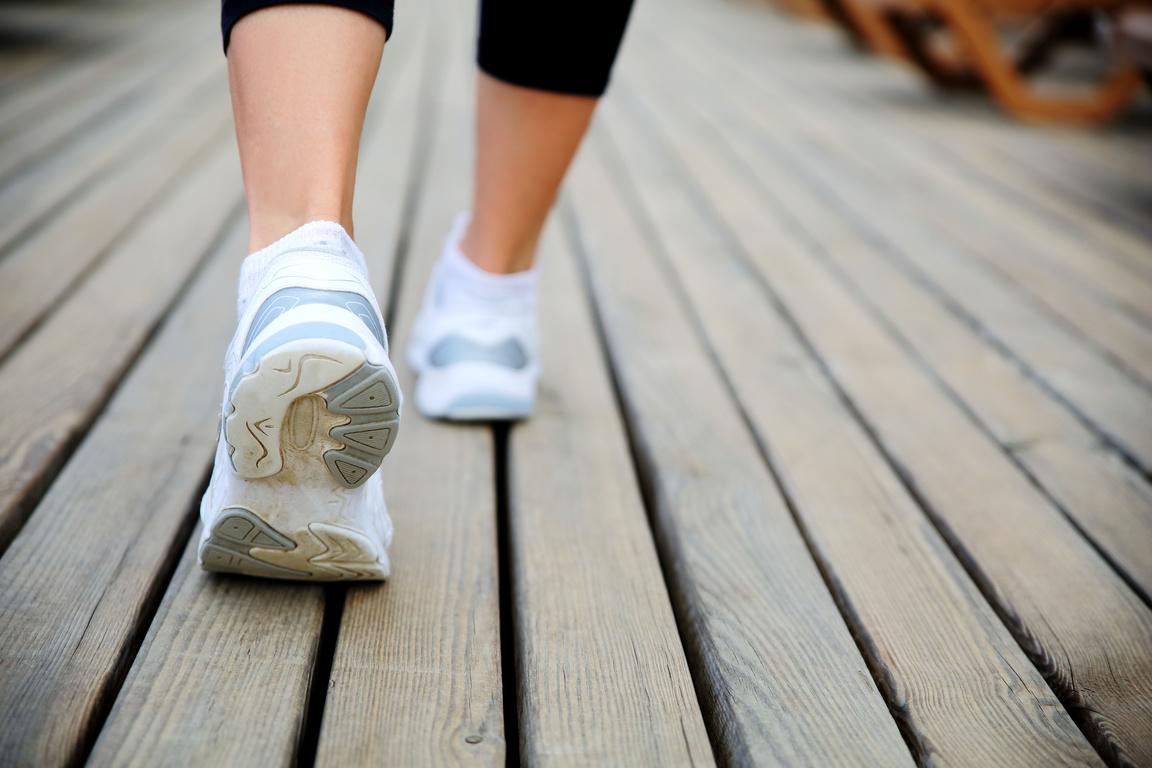
Life is always presenting us the invitation to take the next best step towards our healing self and away from our trauma self. Life is always giving us that; it's whether or not we recognize it. Maybe you're like me, and sometimes we need to hit a rockbottom low before we take that next step and listen to the message our bodies are giving us! Either way, life will take you there in order to present that opportunity to you.
Where can you find how to address everything we've talked about in the right sequence and in a way that is personalized to your body and the burden of life experiences? I couldn't find one. That is why I created it. I created what I needed for myself. If you are looking for how to bring all these together, it might be helpful to consider starting at the 21 Day Journey as the first best step Many, like myself, were searching for a clear path forward for so long, and you can stop your endless searching here. I have done the hard work of creating the roadmap and clearing the path forward for you to stop your searching and be able to invest your energy in the work.
If you have made it this far, I know something about you. I know you are invested in your healing journey. Step by step, you can begin addressing and resolving stored trauma in your body, along with its effects. I am so excited for your journey to begin.
It all starts with a first step.
Enjoy your favourite food without going anywhere. Grilled chicken combined with house special spicy. Scrumptious grilled sausage chunks topped with our Fries
Learn more about the 21 Day Journey
Not ready for the Journey? Learn about my self-paced introduction course.
traumahealingaccelerated.com

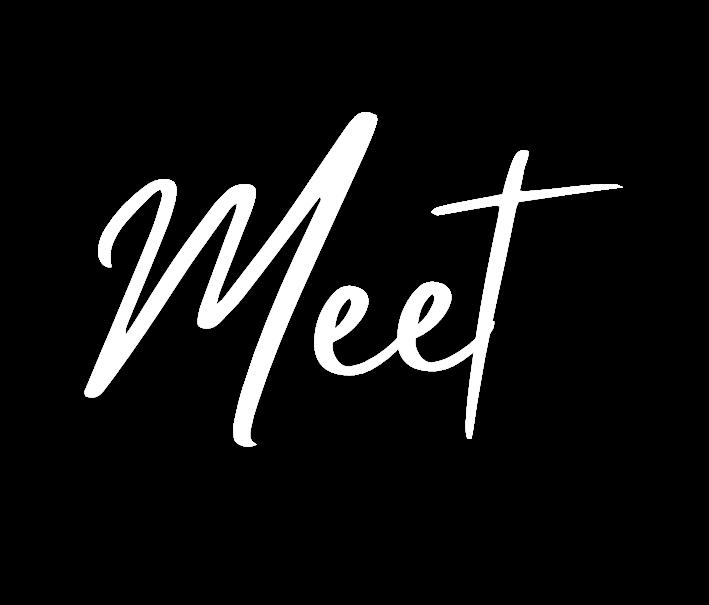
Dr. Aimie Apigian MD, MS, MPH

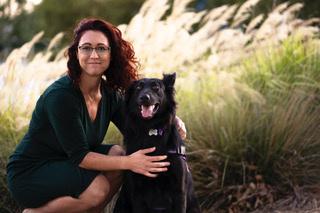
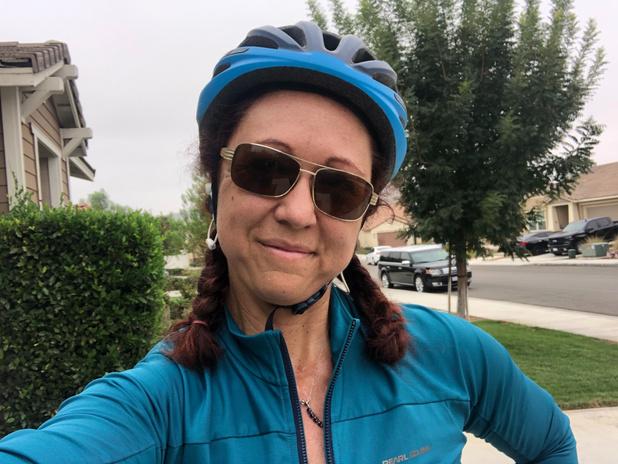
Dr. Aimie Apigian, MD MS MPH is the leading medical expert on how life experiences get stored in the body and restoring the body to its best state of health through her signature model and methodology, The Biology of Trauma™: a new manual for the human body to prevent trauma and accelerate the healing journey.
She is a double board-certified medical physician in Preventive Medicine and Addiction Medicine. She has a Masters in Biochemistry and a Masters in Public Health. In addition to her medical training, she is also a Functional Medicine physician and has training and certifications specifically in neuro-autoimmunity, nutrition and genetics for addictions, mental health, and mood and behavioral disorders. She has a number of certifications in various trauma therapies including Instinctual Trauma Response Model™ (an art trauma therapy), Somatic Experiencing™ (developed by Dr Peter Levine), and NeuroAffective Touch™ (Dr Aline LaPierre)
Dr. Aimie’s personal life experiences lead her into trauma therapy training, first for her adopted son, and then for herself. Dr. Aimie is the founder and CEO of Trauma Healing Accelerated™, offering her foundational online course: “The 21 Day Journey to Calm Aliveness,” an experiential journey into the nervous system open to all as well as her 8-module certification course teaching the protocols of addressing The Biology of Trauma™ on the different systems of the body. Her message is hitting home with health and trauma practitioners as well as the general public who tell her this is the missing piece that is resonating and giving them a transformation.